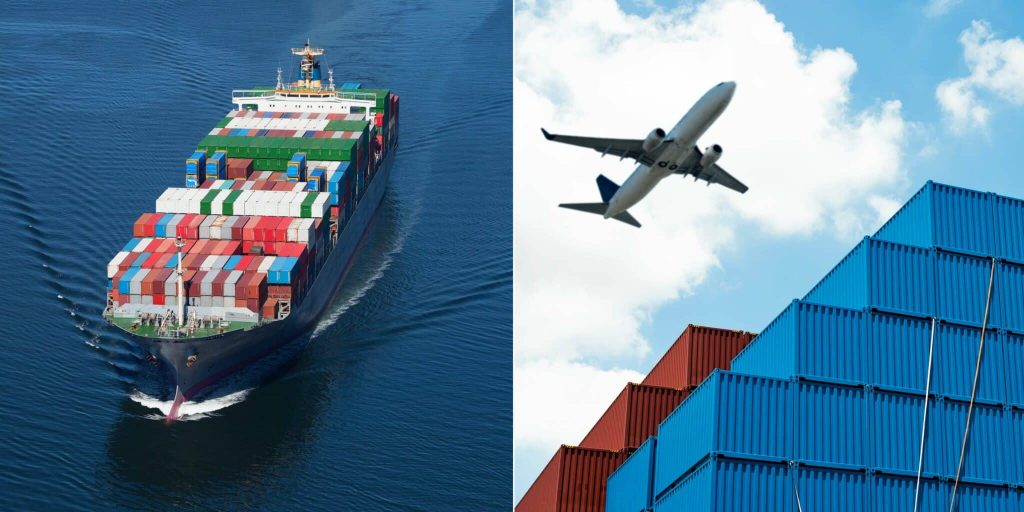Unlocking the Secrets: How Long Does Sea Freight Take from USA to Australia?

Sea freight is a crucial mode of transportation for international trade, connecting countries and continents. When it comes to shipping goods from the USA to Australia, understanding the time it takes for sea freight is essential for businesses and individuals alike. In this article, we will delve into the factors that influence the duration of sea freight shipments and provide valuable insights for optimizing your shipping strategies.
- Distance and Route:
The distance between the USA and Australia plays a significant role in determining the duration of sea freight. The most common route for shipping between these two countries is via the Pacific Ocean. The distance covered is approximately 8,000 nautical miles, and the transit time can vary depending on factors such as weather conditions, vessel speed, and port congestion. - Transit Time:
On average, sea freight shipments from the USA to Australia can take anywhere between 25 to 40 days. However, it is crucial to note that this is an estimate, and several variables can affect the actual transit time. These variables include the type of shipping service chosen, the carrier's schedule, and any unforeseen circumstances such as port delays or customs inspections. - Shipping Services:
To meet the diverse needs of businesses and individuals, various shipping services are available for sea freight from the USA to Australia. The two primary options are Full Container Load (FCL) and Less than Container Load (LCL). FCL shipments, where an entire container is dedicated to a single customer, generally have shorter transit times compared to LCL shipments, where multiple customers' goods are consolidated into a single container. - Factors Affecting Transit Time:
a. Port Congestion: Busy ports can experience delays in processing and handling shipments, leading to longer transit times. It is advisable to choose ports with efficient operations and fewer congestion issues to minimize delays.
b. Weather Conditions: Adverse weather conditions, such as storms or hurricanes, can disrupt shipping schedules and extend transit times. Monitoring weather forecasts and working closely with shipping providers can help mitigate potential delays.
c. Customs Clearance: Customs inspections and clearance procedures are an integral part of international shipping. Delays in customs processing can significantly impact the overall transit time. Ensuring accurate and complete documentation can expedite the clearance process.
Conclusion:
Understanding the factors influencing the duration of sea freight shipments from the USA to Australia is crucial for effective logistics planning. By considering the distance, route, shipping services, and various factors affecting transit time, businesses and individuals can optimize their shipping strategies, minimize delays, and ensure timely delivery of goods. Embracing technology, collaborating with reliable shipping partners, and staying informed about industry trends can further enhance the efficiency of sea freight operations.

